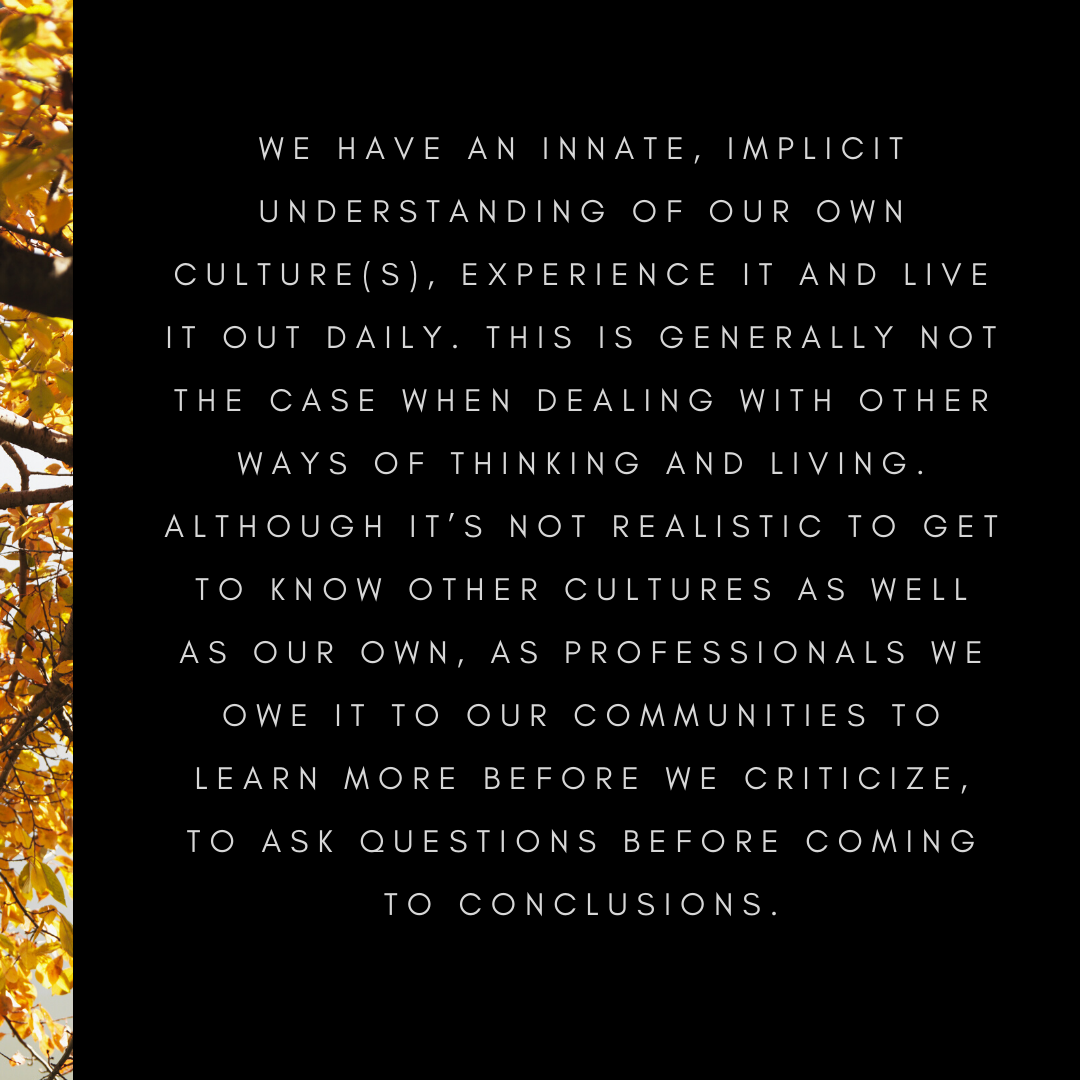
This guest blog is by ELGL member Matt Hirschinger, the Assistant to the Town Manager in Hudson, Colorado. Read Matt’s writing about understanding privilege, understanding identity, and impressing in meetings.
It’s a common discussion to consider ways to open ourselves to other cultures and appreciate the differences that exist among us. The social, economic, and personal benefits in doing so are numerous and profound. What is discussed less often is what do we do when we are genuinely at odds with another way of living, a different belief, an unfamiliar tradition?
How do we engage a criticism we have of another culture, whether we define culture based on nationality, religion, ethnicity, neighborhood or any other valid definition we may have, in a way that is ethical? How do we offer our criticism without falling into the pitfalls of ignorance, arrogance, or bigotry?
It takes some extra thought and effort. For this, I’ll use an example from my Peace Corps days.
Context and Weight
We have an innate, implicit understanding of our own culture(s), experience it and live it out daily. This is generally not the case when dealing with other ways of thinking and living. Although it’s not realistic to get to know other cultures as well as our own, as professionals we owe it to our communities to learn more before we criticize, to ask questions before coming to conclusions. At a minimum, we should learn context and weight.
Context is the “why”. As an example, one common area of friction I discovered between U.S. Peace Corps Volunteers and their Filipino host agencies was around lunchtime. “It’s time to eat!” “Kain na!” Not only was it common for one neighbor or coworker to exclaim it was lunchtime, but for everyone to say it one after the other. Five, six, ten times in the span of a minute. From an American context, this could come across as pushy, forcing the volunteer to stop what they were working on. From a Filipino context they’re being welcoming, every one inviting the foreigner to spend time with them.
Weight is the “importance”. What may be big for us is trivial to others and the other way around. For the above example, Americans tend to treat lunch breaks casually. It’s a chance to sate hunger and thirst, relax, and then get back to work. The weight in the Philippines is heavier. Lunchtime is an important opportunity to socialize, to bond, to share stories, and snubbing it to get more work done can potentially be interpreted as a personal insult.
Define OUR Problem
When it comes to appreciating other cultures, it serves us well to be empathetic and put ourselves in others’ shoes. When it comes to dealing with frustrations and misunderstandings, it helps to reflect and look within. It also helps to narrow down what specifically bothers us.
Rather than say, “Filipinos annoy me doing lunch,” make ourselves the focus with, “I am getting annoyed at lunch.” Better yet, figure out what exactly is triggering being annoyed. “I am reminded of my parents telling me it’s time to eat, which makes me feel like a child.” “I’m used to being praised at work for working into my lunch break, and it’s hard for me to adjust.” “I’m self-conscious about being the center of attention”.
As we focus on ourselves, as we get more specific, we can get away from generalized, not-very-useful statements into finding problems that can be worked on.
Work Towards Reasonable Solutions
Based on the context, weight, and defining our problem, we can engage our criticism with reasonable solutions. By reasonable, it is not demanding others to change deeply held values. By reasonable, it is allowing others’ context of the situation to exist and not be overshadowed by our own. By reasonable, it is also recognizing our limits and to realize that some solutions aren’t simple or easily implemented overnight.
It is here where creativity and collaboration flourish. It’s this step where real criticism we have can actually bridge gaps instead of widening them.
“I’m self-conscious about being the center of attention. Can I find ways to join my coworkers over lunch and listen more than talk?”
“I’m used to being praised at work for working into my lunch break. What is a different way I can get praise and appreciation instead?”
“I am reminded of my parents telling me it’s time to eat. Can I get over it and appreciate the invitation to lunch for what it is?”
The Challenge
The example I gave was fairly easy, something the vast majority of volunteers I knew could work with. The more emotionally-charged, urgent, and severe the criticism we have, the harder it is to apply these steps. What can be called “culture” and what is an “individual choice” is not always so clear cut. Often times the problems we run across are complex, deeply rooted, and there are no apparent solutions within our means.
These steps can still serve as a starting point, a method to turn frustration into consideration, resentment into problem-solving. We cannot always appreciate and love every facet of other cultures we come across, but we can engage what we come across professionally and meaningfully.
